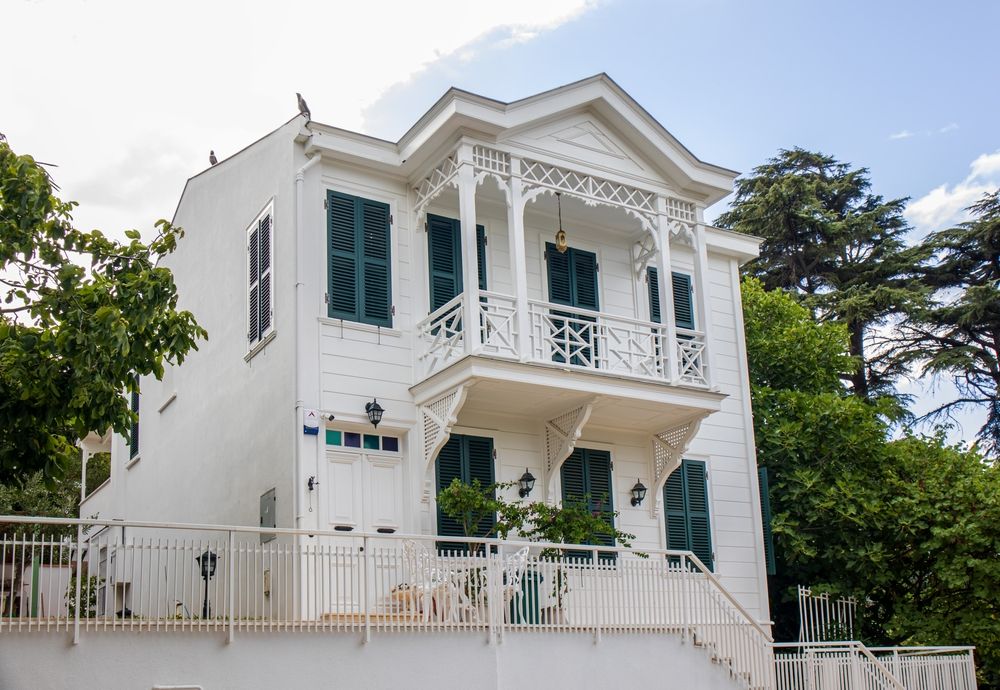
There’s an undeniable allure to owning a slice of history. Historical homes carry with them the charm of bygone eras, stories nestled within their aged walls, and a unique character that modern constructions can often struggle to replicate. The decision to purchase an older property is a journey of both the heart and the head, where the romance of owning a piece of the past meets the practicalities of modern living.
In this exploration of historical homes, we’ll navigate the winding corridors of decision-making that come with buying an older property. From the architectural grandeur and the preservation of heritage to the potential pitfalls and financial implications, there’s much to consider. Let’s step through the antique, creaking door and delve into what makes historical homes so captivating, and what challenges they might present to prospective buyers.
A Timeless Investment: The Value of History
Owning a historical home isn’t just a personal pleasure; it’s also an investment in cultural heritage. These properties are often situated in established neighborhoods with mature trees and well-developed communities. The craftsmanship seen in older homes, with their hand-carved woodwork, original hardwood floors, and ornate details, is typically unmatched by modern builds. The uniqueness of these features can make historical homes a sought-after commodity in the real estate market.
However, it’s important to recognize that the value of a historical home isn’t solely in its aesthetic. These properties can sometimes benefit from tax incentives or grants for restoration and preservation efforts. They can also hold their value well due to their limited supply and the prestige associated with their ownership. It’s crucial, though, to have a comprehensive inspection conducted to ensure that the property’s condition justifies the investment, as hidden repair costs can quickly add up.
Navigating the Renovation Maze
Restoring a historical home to its former glory is a dream for many, but it’s a task that requires a delicate touch. Renovations must be sensitive to the home’s original design and era, often involving the use of specific materials or techniques that can be both costly and time-consuming to source and implement. Additionally, many historical homes come with strict guidelines on what can and cannot be altered, overseen by local preservation societies or governmental bodies.
Buyers should be prepared for a potentially lengthy and intricate permitting process for renovations. It’s advisable to work with contractors and architects who specialize in historical restorations and understand the intricacies of the laws and regulations that govern these properties. While the path to renovating a historical home can be fraught with red tape and unforeseen challenges, the end result is often a breathtaking blend of past elegance and present-day comfort.
The Cost of Character: Financial Considerations
While historical homes exude character and charm, they can also come with significant financial considerations. Older homes may require more maintenance than their newer counterparts, and replacement parts can be more expensive if they need to be custom made or are difficult to find. Additionally, energy efficiency is often not up to current standards, resulting in higher utility bills.
Prospective buyers should carefully evaluate their budgets to accommodate these potential expenses. It’s also wise to consult with an insurance agent, as some historical homes may require specialized insurance policies. Despite these costs, for many, the rewards of living in a beautiful, character-filled home are worth the investment. It all comes down to being financially prepared and understanding the full scope of ownership costs.
The Modern Comforts of a Bygone Era
One of the most significant challenges when buying a historical home is integrating modern amenities without compromising the property’s historical integrity. Many buyers desire contemporary comforts, such as updated kitchens and bathrooms, air conditioning, and technological conveniences, which can be difficult to implement in a structure that was built before these inventions existed.
This balance between old and new requires a thoughtful approach. It’s possible to modernize a historical home while preserving its character by using materials and designs that complement the home’s period. Hidden wiring, discreet HVAC systems, and careful placement of modern appliances can all help maintain the historical aesthetic while providing the comforts expected in today’s homes.
Preserving the Past: The Responsibility of Stewardship
Purchasing a historical home comes with the responsibility of stewardship. Owners become guardians of a piece of history, tasked with preserving it for future generations. This means making decisions that not only benefit the present owner but also respect the home’s past and consider its future.
The stewardship of a historical home can be incredibly rewarding. Owners often find themselves becoming part of a community of like-minded individuals who value heritage and history. They can take pride in the knowledge that they are contributing to the conservation of their local area’s architectural legacy. It’s a unique role that, while sometimes challenging, offers the chance to live in a home with a narrative, a home that tells a story beyond the bounds of its walls.
The journey to owning a historical home is not for the faint of heart. It requires a passion for preservation, an eye for authenticity, and a readiness to face the challenges that come with a property of age. However, the rewards of owning such a home are plentiful. From the joy of restoring a piece of history to the pleasure of living in a distinctive and architecturally significant space, the experience can be incredibly fulfilling.
For those considering the purchase of a historical property, it’s essential to enter the process with eyes wide open to the financial, legal, and practical realities. But for those who are willing to embrace these challenges, the opportunity to own a historical home is more than just a real estate transaction; it’s an invitation to become a part of history itself, to contribute to the narrative of a community, and to leave a lasting legacy. With careful planning, a dedication to preservation, and a love for the charm that only time can bestow, the dream of owning a historical home can become a treasured reality.
